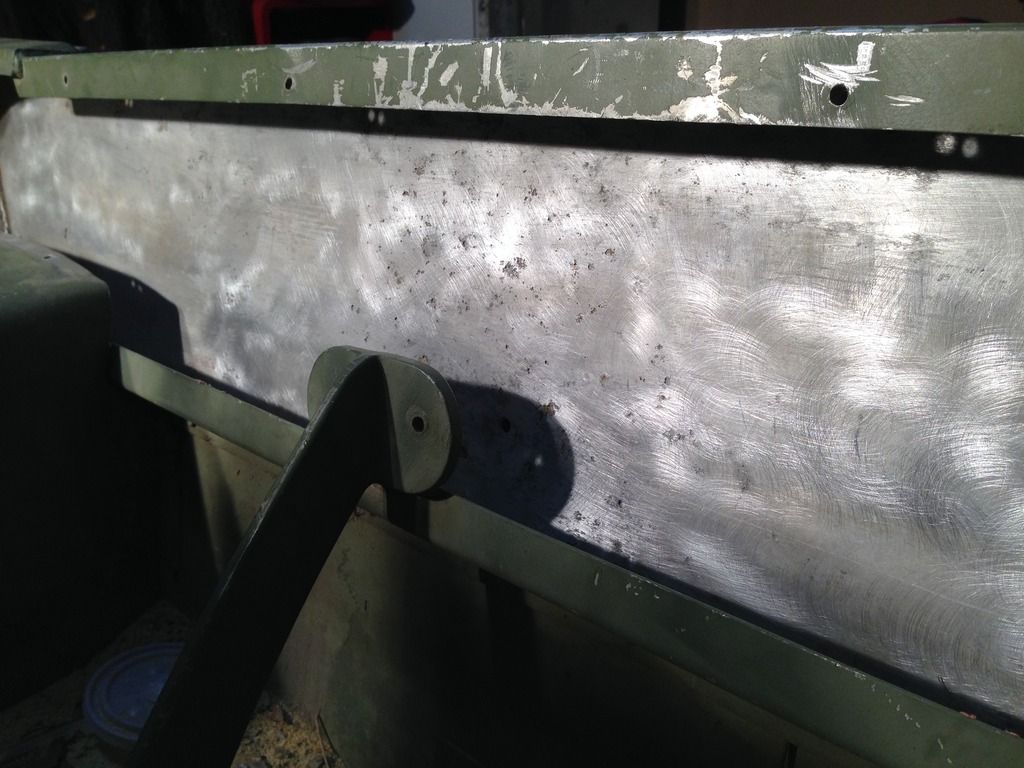mckinney004
Seaman Apprentice
- Joined
- Jan 26, 2016
- Messages
- 46
I mentioned this in another thread and it was suggested that I start a new threat for this, so here goes. I recently bought a 14' aluminum flat bottom that had no transom board. Boat looked good on inspection so I brought it home and put in a pressure treated 2x6. I had never heard of the new PT chemicals reacting with aluminum. Luckily, I only installed it a few weeks ago. I removed the board yesterday and found quite a bit of putting. I'm pretty sure the previous owner had used PT as well because there are a couple places where there are pinholes all the way through the aluminum skin. I know there was already one because the boat had a very slight leak and I couldn't figure out where it came from before. That was within hours of installing my board. Anyway, here's a few pics of the damage. Someone suggested filling with jb weld. Is that the standard procedure? I'll be buying 5200 soon for another project. Would that be any better or worse? Or gluvit? I'm assuming any of them will probably work fine. Anyway, here's a few pics of the damage. Worst area was where the knee was bolted in. I'm assuming because there was better contact there.
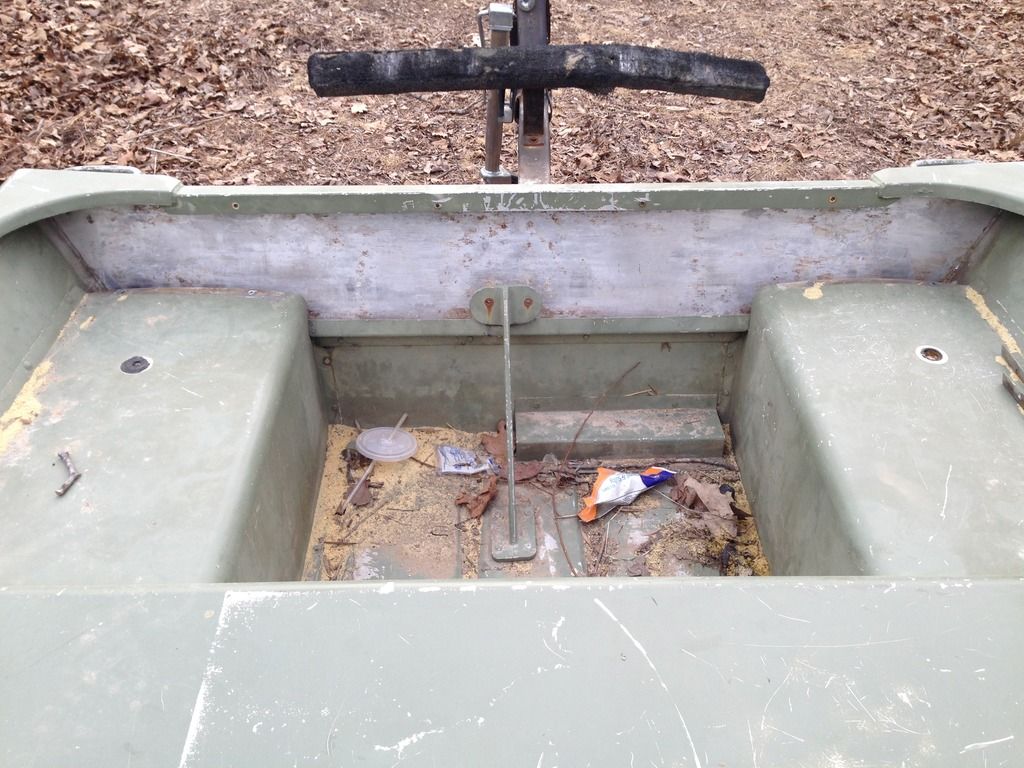
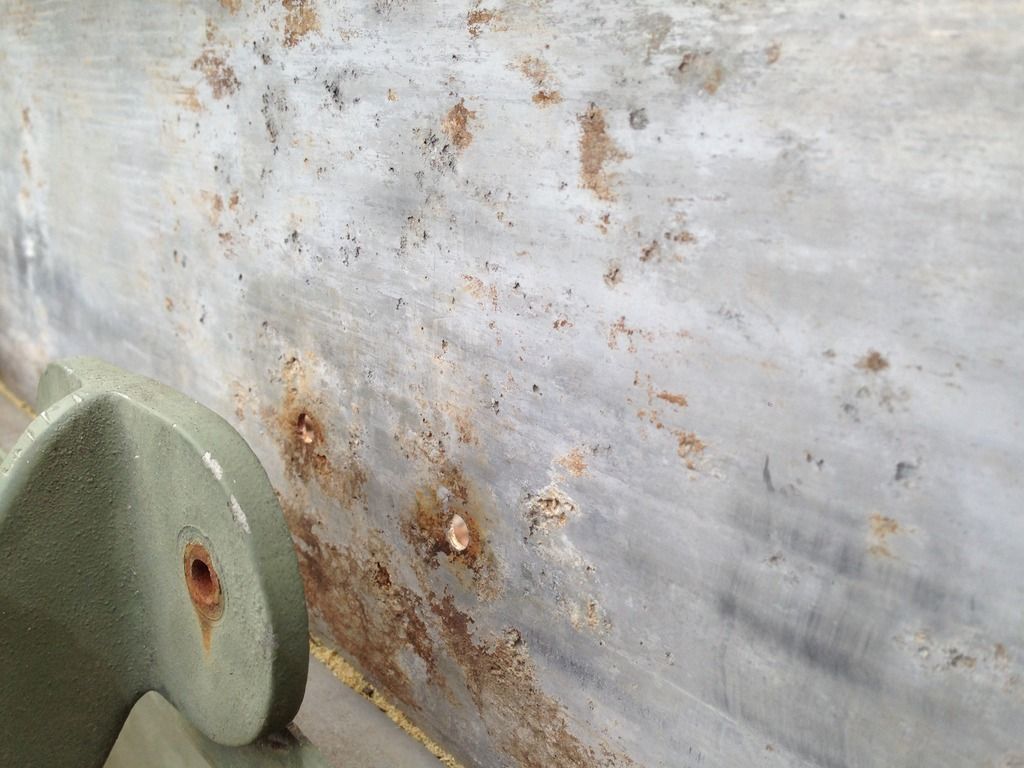
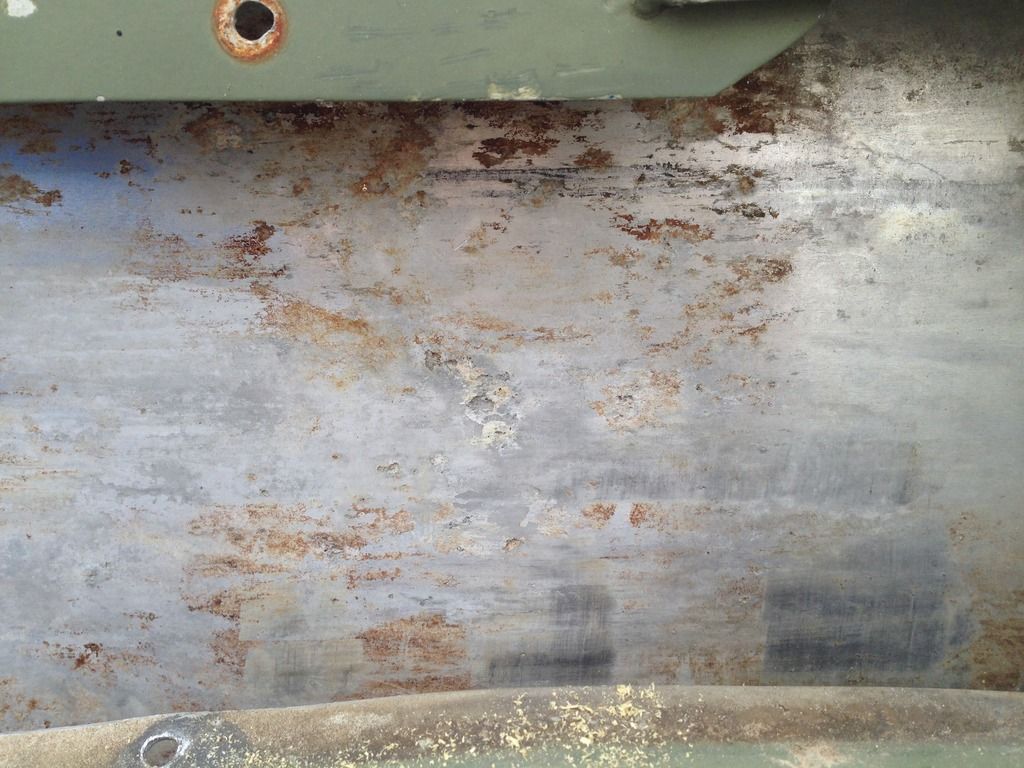
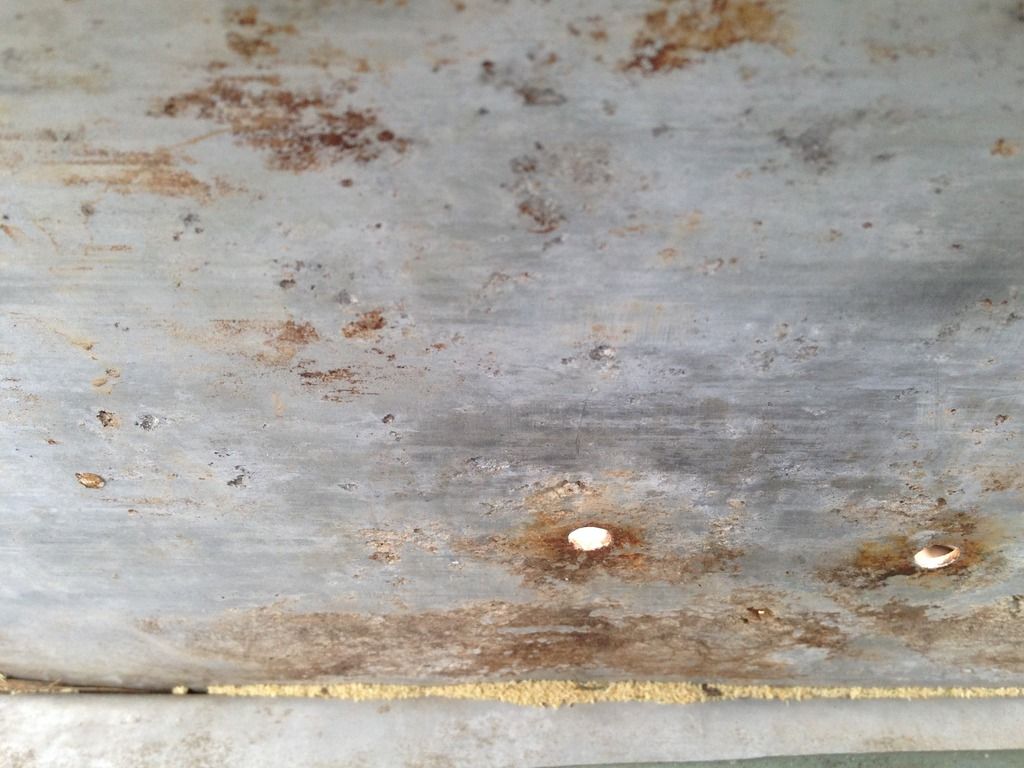
I'll be making a new transom with plywood laminated to proper thickness with titebond 3, then sealing, over boring holes, filling with 5200, adding nuts and bolts and sealing them with 5200.
I've covered all of the transom rebuild questions in my other thread. Just thought I'd get some quick advice on treating the pitting and show a few pics of the damage for those who are interested.
Here's the link to the transom repair. Still in progress.




I'll be making a new transom with plywood laminated to proper thickness with titebond 3, then sealing, over boring holes, filling with 5200, adding nuts and bolts and sealing them with 5200.
I've covered all of the transom rebuild questions in my other thread. Just thought I'd get some quick advice on treating the pitting and show a few pics of the damage for those who are interested.
Here's the link to the transom repair. Still in progress.




















